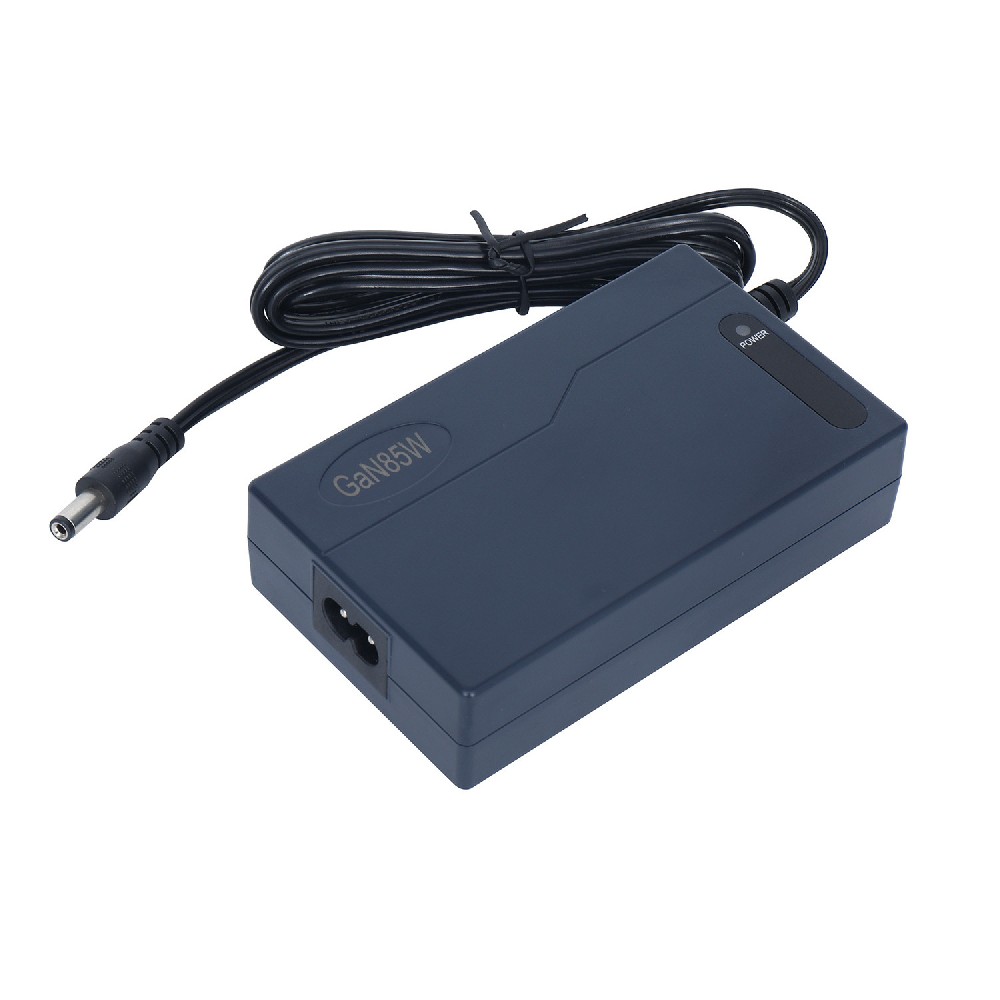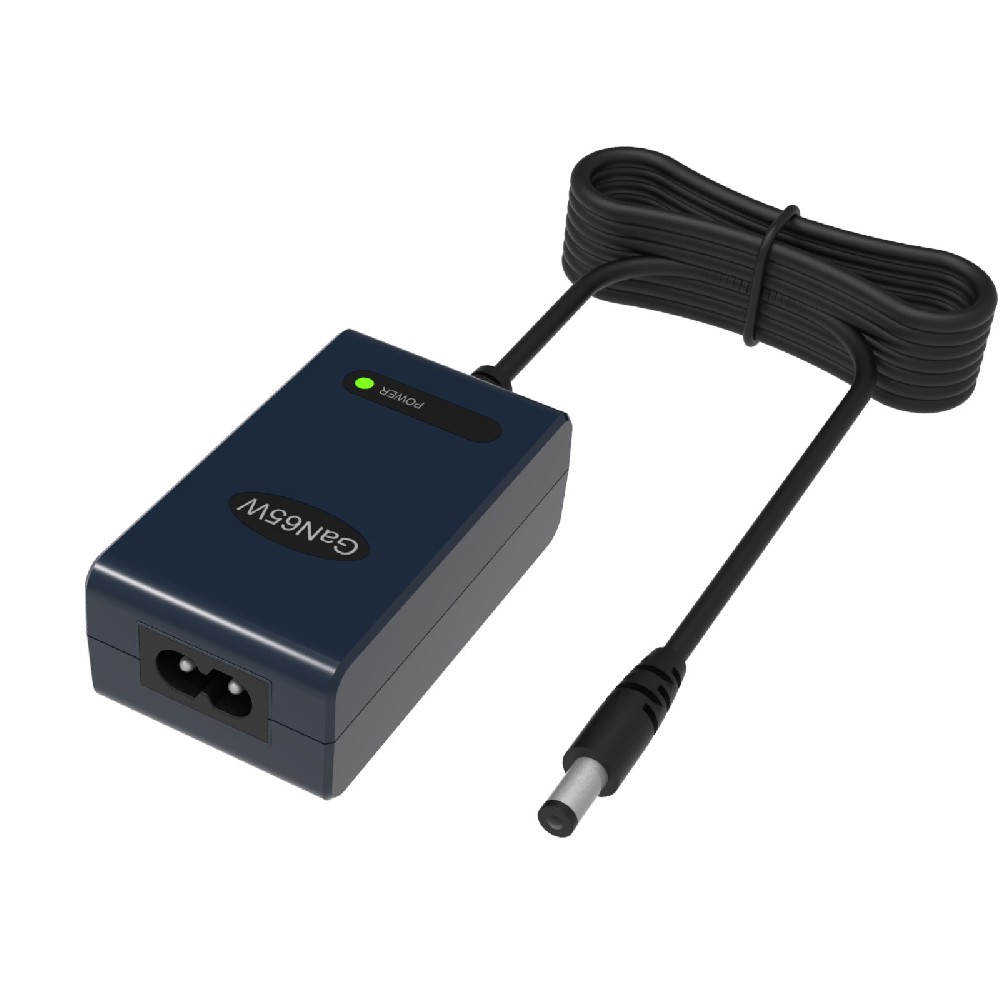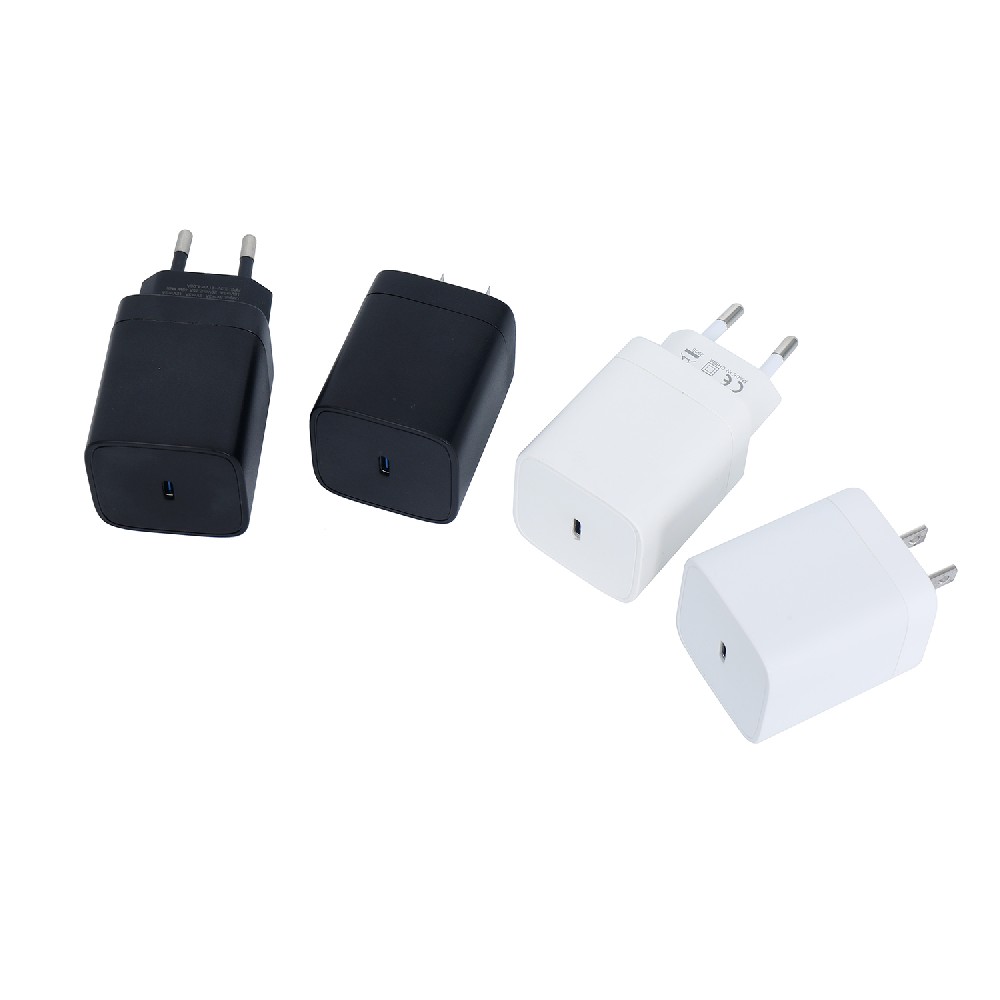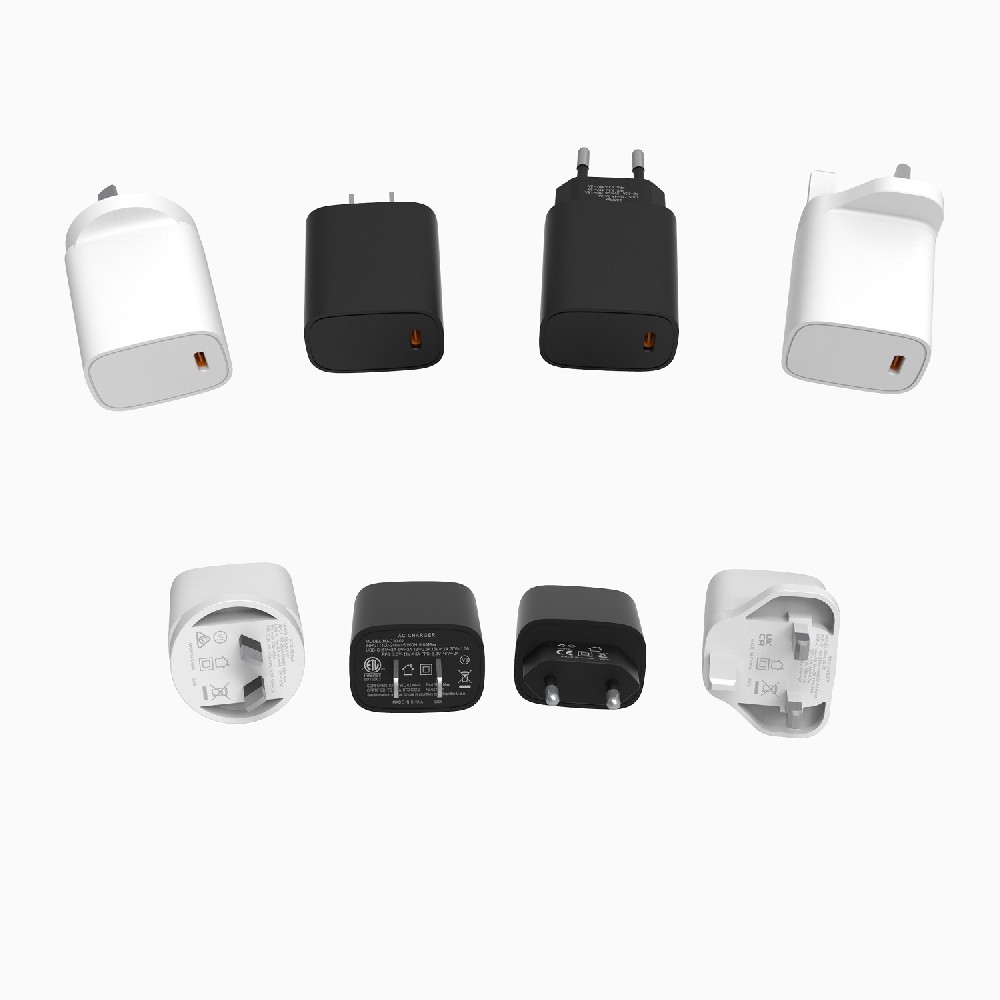Information Center
Fully Charged: The Three Stages of Battery Charging Explained in Basic Working Principle of a Charger Circuit
Published:2023-07-14 20:33:33 Author:Green WCND Views:64A battery charger circuit is a device that can be used to charge batteries of various kinds. The circuit is designed to convert AC voltage from the power outlet to a DC voltage that is suitable for charging batteries. There are different types of battery chargers available in the market, ranging from basic chargers to advanced smart chargers. In this article, we will discuss the basic working principle of a battery charger circuit.

The basic components of a battery charger circuit include a transformer, diodes, capacitors, and a voltage regulator. The transformer is used to convert the high voltage AC input to a lower voltage AC output. The diodes are used to rectify the AC output to a DC voltage. The capacitors are used to smooth out the DC voltage and the voltage regulator is used to regulate the voltage to a constant level.

The battery charger circuit can be classified into two types: linear and switch mode. The linear charger circuit is a simple and reliable circuit but is less efficient compared to the switch mode charger circuit. The switch mode charger circuit is a complex circuit but is much more efficient than the linear charger circuit.
The basic working principle of a battery charger circuit is to apply a constant voltage to the battery until it is fully charged. The charging process is divided into three stages: the bulk charging stage, the absorption charging stage, and the float charging stage.
In the bulk charging stage, the battery is charged at a constant current until the battery voltage reaches a predetermined level. In this stage, the battery is charged with the maximum current that the charger can provide. The charging time in this stage depends on the battery capacity and the charging current.
In the absorption charging stage, the battery is charged at a constant voltage until the battery is fully charged. In this stage, the charging current decreases as the battery voltage increases. The charging time in this stage also depends on the battery capacity and the charging current.
In the float charging stage, the battery is maintained at a constant voltage level to prevent overcharging. In this stage, the charging current is very low and is used to maintain the battery at its full charge level.
In conclusion, a battery charger circuit is an essential device that is used to charge batteries of various kinds. The basic working principle of a battery charger circuit is to apply a constant voltage to the battery until it is fully charged. The charging process is divided into three stages: the bulk charging stage, the absorption charging stage, and the float charging stage. There are different types of battery chargers available in the market, ranging from basic chargers to advanced smart chargers.
The battery pack is the heart of a golf cart, silently powering every acceleration and climb on the green. However, battery degradation often goes unnoticed, mu···
The battery pack is the heart of a golf cart’s power system, yet maintaining it has long been a challenge for technicians. Traditional troubleshooting methods—···
For golf course managers, ensuring smooth and efficient operations is crucial for providing a memorable experience for golfers and maintaining the reputation of···
A battery tester ensures golf course cart batteries operate efficiently and reduces downtime through the following ways:I. Precise Battery Condition DiagnosisOp···





